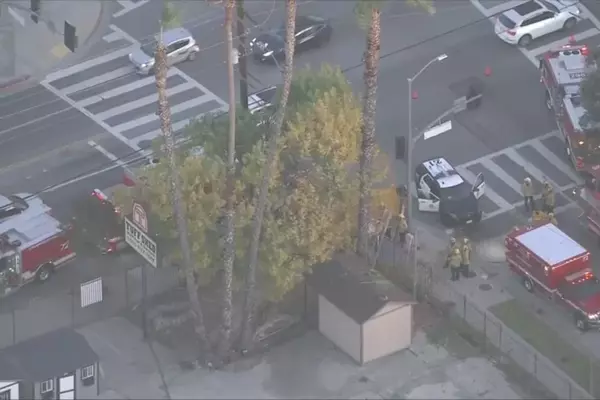There is a conversation between Rodrigo, a Thoothukudi fisherman, and Sadanand Mukherjee, a Bengali anthropologist, in the novel Sippiyin Vayitril Muthu (Pearl in the Oyster), echoing the words of Tamil Nadu Chief Minister M.K. Stalin that the writing of the history of the Indian subcontinent should commence from the Tamil land. “If you are particular about tracing the roots of Indian civilisation, you should start the research in the Vaigai or the Thamirabarani instead of in the Ganges. But who is going to listen to us,” would argue Rodrigo in the novel originally written in Bengali with the title, Jhinuker Pete Mukto, by Bodhisatwa Maitreya, who came on a transfer in 1959 to Thoothukudi as a scientist at the Central Marine Fisheries Research Institute. The excavations in Korkai, Keezhadi, Sivakalai, and other areas and the discoveries would have pleased Rodrigo and Bodhisatwa Maitreya, his creator, though it happened almost a half-a-century later.
Stories on Tamil characters
Maitreya wrote a lot of short and long stories on Tamil characters and Tamil Nadu in Bengali and Jhinuker Pete Mukto, translated in Tamil as Sippiyin Vayitril Muthu, is probably the first Bengali novel on Tamil society. It is a strange combination of the life of the Catholic fishermen in Thoothukudi and the devadasi system in the erstwhile composite Thanjavur district in the pre- and post-Independence period. While writing about the devadasi system, their dance and music, the author brings to mind passages from the works of T. Janakiraman, who had written like a painter while dealing with the music and landscape of Thanjavur. The aroma of filter coffee wafts on the pages when Rathinammal, the devadasi, freshly grinds the coffee beans. The fisheries scientist in him takes over while narrating seas, fish species and the life of fishermen.
Eye for detail
The novel revolves around Peter, a fisherman; Anthony, the son of a rich businessman Godwin Fernando from the fishing community, who ran away to London to become a student of Professor Harold Laski in the London School of Economics and later a diplomat in the Indian High Commission; violinist Ananthakrishnan; and his son Raman, who became a dancer and an expert in literature on dance after a chance encounter with theosophist George Arundale. It captures the political climate of the country, the hypocrisy of the society, illegitimate affairs, the division among the fishermen — Mesaikararkal (rich fishermen who have adopted western habits) and Kammakararkal (the poor fisherfolk). Historical and political figures of the period emerge alive.
He has an eye for detail. While describing the tobacco stained teeth of a fisherman, he writes that they looked like “bed bugs”. A rich woman’s face shines like “well-nurtured oily betel leaves”. The author also describes Peter’s love for Sophia, a nun, a subject normally dealt with in Western literature and films. An expert in deep sea fishing, Maitreya records that Tamil fishermen followed different fishing methods. “They dive between 60 and 70 feet deep into the sea for pearl fishing and collection of conches. Their life and environment is interesting. The wealth of Tamil Nadu is literature, music, sculpture and dance. They belonged to the devadasis. But the caste division in Tamil land is very deep,” he writes.
“When I first read the novel, I wondered how he was able to get the details known only to the local people. Though I have toured extensively in West Bengal, I could not write a single line in my works. But he had lived only a few years in Tamil Nadu and succeeded in highlighting the very important issues of south Tamil Nadu in a single novel,” writes Sahitya Akademi Award-winning writer S. Ramakrishnan on his website.
Writer Jayamohan also agrees. “It is a great surprise that a Bengali writer has written about the life of Tamils in minute detail. As I went through the novel my surprise found no bounds,” he writes.
The novel was serialised in the Bengali magazine Kalpa Bharathi in 1960-61 under a different title, Sukthi Saithak. “But I could not complete it. The core idea of the novel also did not take shape then. The idea formed between February and July 1978. My friend Sanathkumar Bandopadhyay, who persuaded me to write the novel, embraced me and said that after a long time he had read a novel. My eyes welled with tears,” recalled Maitreya in his preface. He has acknowledged the help of late English professor A. Srinivasa Raghavan and his friend Jerry Fernando in seeing Tamil Nadu clearly. S. Krishnamurthy, who had translated many Bengali literary works into Tamil and Tamil works into Bengali, also translated the novel as Sippiyin Vayitril Muthu.
Though Valampuri John, Rajam Krishnan, Vannanilavan, and others had written about fishermen’s life, their works captured the life on the shore, the clash between the church and locals and other issues, and only the arrival of Joe D Cruz explained the life at sea, says A. Sivasubramanian, folklorist and author of Inavariviyalum Tamil Novelum (Ethnography and Novel). “Normally an outsider might interpret their world in an inaccurate manner. But Bodhisatwa Maitreya had dug deep and succeeded in giving an effective and clear picture,” he says.







